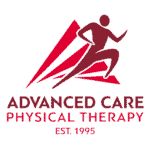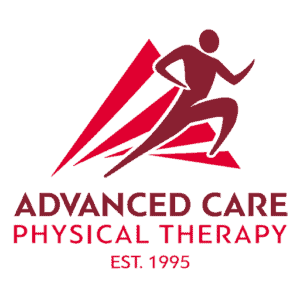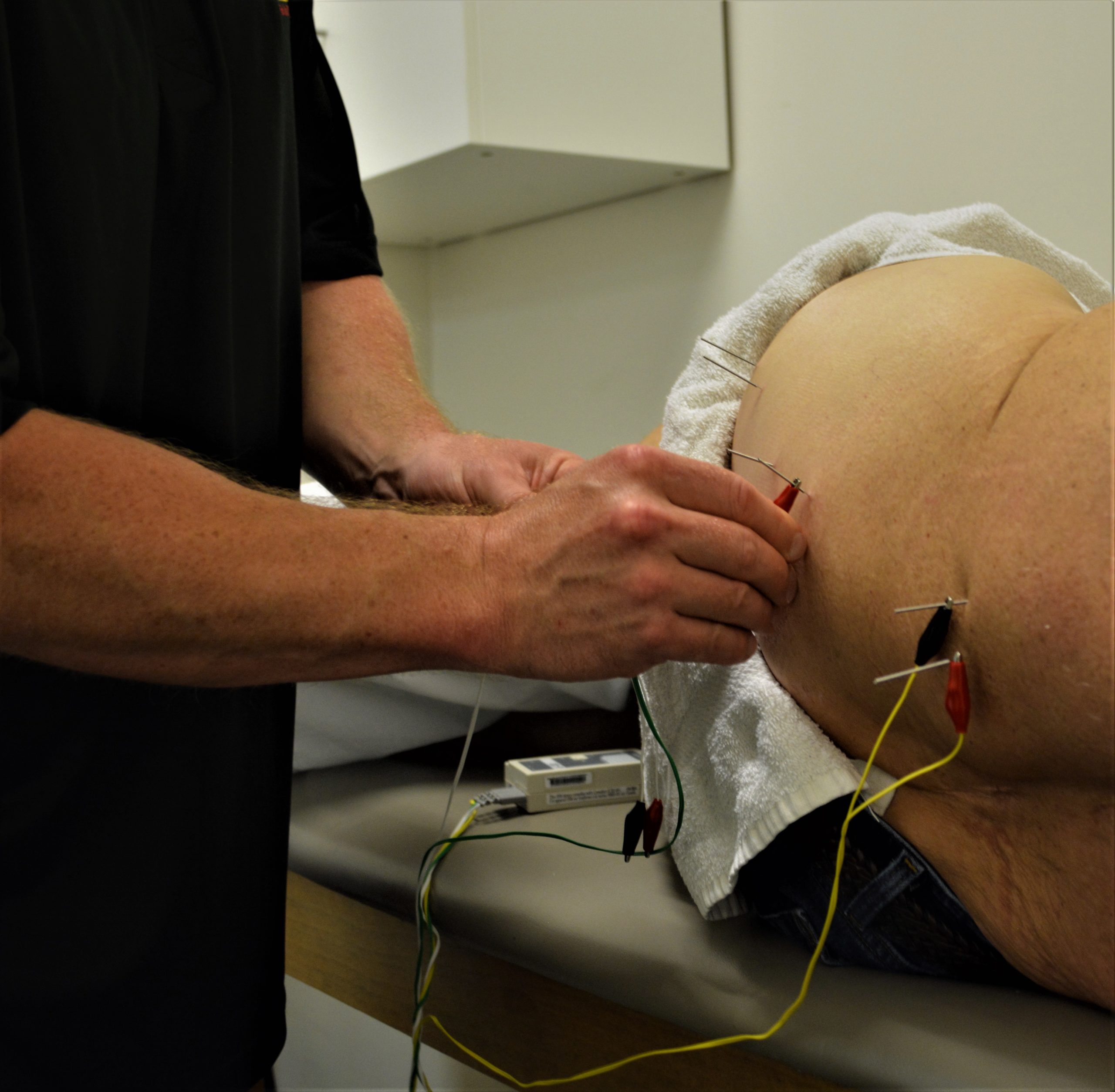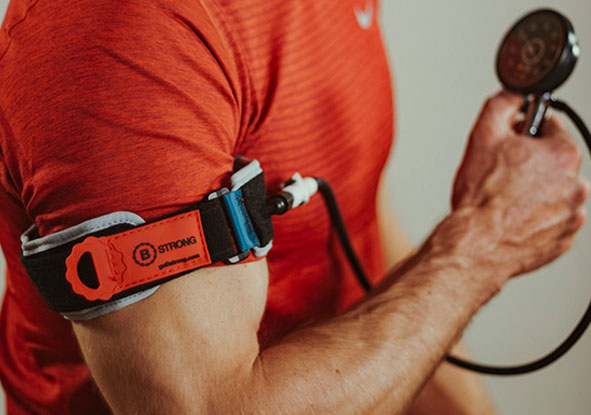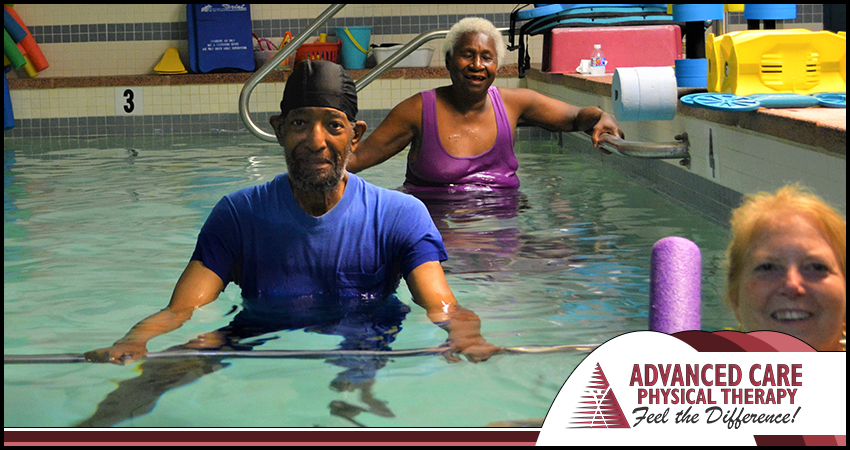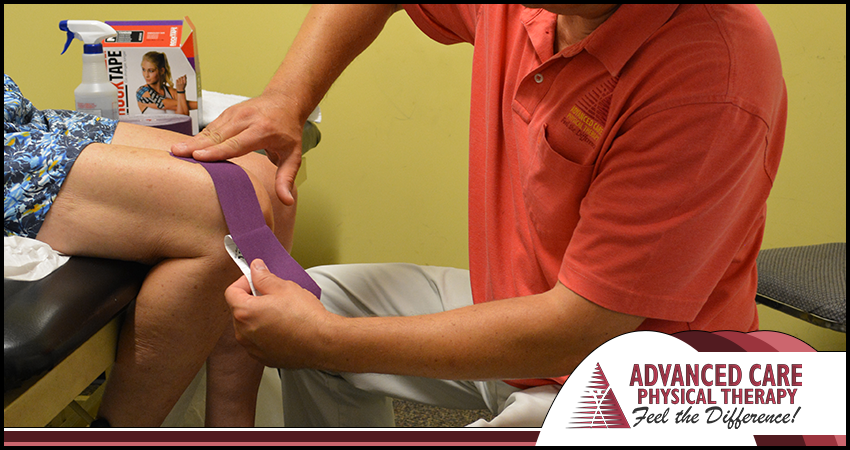Frank M. knew he wanted to avoid a knee replacement at all costs. After suffering from persistent leg pain, Frank’s orthopedic surgeon agreed that a new knee would be a last resort measure, and he would instead benefit from physical therapy. After visiting other physical therapy clinics, Frank’s pain was not improving. Then his physician suggested he visit Advanced Care Physical Therapy. “The evaluation at ACPT was very helpful,” said Frank. “They conducted the evaluation and measured different things I did on the bicycle, leg press, and other machines, but the biggest thing I got out of it, which I’m now working on at home, is to improve my balance.” At ACPT, our patient centered treatment philosophy allows for our therapists to spend necessary time with our patients to get to the root of what is causing their problems. And in Frank’s case, this was no exception. “As Ted, my physical therapist, explained to me, I have to re-learn balance. I’m trying to avoid an operation on my knees, so I’m improving my strength and balance which helped with my knee pain.” Just like with Mr. Frank, at ACPT, our dedicated and knowledgeable physical therapists are relentless in their desire to improve the quality of life of every patient who walks through our doors. “I was impressed with ACPT and would recommend it to others,” said Frank, “I went to another place and I did not feel anybody was diagnosing my case. At ACPT the technicians were helpful assisting me and gave me a lot of attention. Everyone had good personalities.” The family-oriented atmosphere at ACPT ensures that we get to know our patients on an individual level as we treat not just the aches and pains, but aim to help the whole patient. Many patients like Frank come to ACPT and find that even by improving their strength and balance they not only regain their independence, but start living an active life once again.
What is Trigger Point Dry Needling? TDN is an invasive technique where a thin filiform needle is pierced into a muscular “trigger point” to break the cycle of pain and release muscle tension, promote healing, and improve physical function. Why do I need TDN? The knotting of myofascial tissue creates “trigger points” which are one of the most overlooked causes of pain and discomfort. Myofascial tissue, which holds all muscles, organs, blood vessels, bones, and nerve fibers in place like a web, can often become knotted at such “trigger points,” contracting muscles and causing pain. TDN targets these “trigger points” by “unknotting” myofascial tissue to relieve pain. What does TDN treat? TDN treats a variety of muscular issues, including but not limited to pain targeting the back, neck & shoulder, arm (tennis elbow, carpal tunnel), headache (migraine and tension headaches), jaw, buttock & leg (sciatica, hamstring strain, calf tightness/spasm, plantar fasciitis). What does TDN feel like? Upon receiving TDN treatment, the affected muscle elicits twitch responses which is the muscle responding to the “unknotting” of myofascial “trigger points.” Some patients describe this twitch response as feeling like an electric shock or a cramping sensation. Most patients report experiencing a brief soreness after TDN treatment. TDN is a completely safe process and only sterilized, disposable needles are used at ACPT in TDN administration. Is TDN the same as acupuncture? No, TDN is not to be confused with Eastern medical traditions or Chinese acupuncture. Only licensed physical therapists who are TDN certified may administer TDN. What is Trigger Point Dry Needling? TDN is an invasive technique where a thin filiform needle is pierced into a muscular “trigger point” to break the cycle of pain and release muscle tension, promote healing, and improve physical function. Why do I need TDN? The knotting of myofascial tissue creates “trigger points” which are one of the most overlooked causes of pain and discomfort. Myofascial tissue, which holds all muscles, organs, blood vessels, bones, and nerve fibers in place like a web, can often become knotted at such “trigger points,” contracting muscles and causing pain. TDN targets these “trigger points” by “unknotting” myofascial tissue to relieve pain. What does TDN treat? TDN treats a variety of muscular issues, including but not limited to pain targeting the back, neck & shoulder, arm (tennis elbow, carpal tunnel), headache (migraine and tension headaches), jaw, buttock & leg (sciatica, hamstring strain, calf tightness/spasm, plantar fasciitis). What does TDN feel like? Upon receiving TDN treatment, the affected muscle elicits twitch responses which is the muscle responding to the “unknotting” of myofascial “trigger points.” Some patients describe this twitch response as feeling like an electric shock or a cramping sensation. Most patients report experiencing a brief soreness after TDN treatment. TDN is a completely safe process and only sterilized, disposable needles are used at ACPT in TDN administration. Is TDN the same as acupuncture? No, TDN is not to be confused with Eastern medical traditions or Chinese acupuncture. Only licensed physical therapists who are TDN certified may administer TDN.
BFR Training is a cutting-edge exercise technology which uses elastic, inflatable bands to restrict blood flow to “trick” the brain that muscles are working out harder, mimicking the effects of heavy lifting. Once bands restrict blood flow to the arms or legs, the body releases increased levels of growth hormone into the blood stream. This improves energy levels, increases performance and anti-aging, and improves bone density and muscle growth. What are BFR Training bands? BFR Training bands are elastic, inflatable bands worn on the arms or legs while working out. Would I benefit from BFR Training? BFR Training mimics the effects of heavy lifting without putting wear and tear on the body. The two major goals of BFR Training are, 1) increase strength 2) develop new blood vessels. Anyone trying to improve their strength without lifting heavy weights will benefit from BFR Training. Is BFR Training safe? BFR Training is a smarter and safer way to exercise to improve overall strength and fitness in less time, with lighter weights, to reap greater results. All patients are instructed and monitored and by our trained staff members while using BFR Training bands. How is BFR Training administered at ACPT? If you wish to improve your strength, conditioning, and overall health, ask your physical therapist about BFR Training bands. At ACPT, we provide all patients the opportunity to access this cutting-edge technology at no extra cost.
Do you need to improve your balance? Have you been trying to improve your cardio and strength, but are held back by debilitating pain or unsteadiness? Come take a dip in ACPT’s 600-square foot, heated, indoor therapy pool. Though we cannot claim it’s the fountain of youth, we can promise you will discover life-changing benefits of aquatic therapy. First, let us explain why water makes for such an effective therapy medium, according to MedBridge. 1. Buoyancy — So much more than floating, buoyancy allows for hands-on elongation and strengthening. It also allows for decreased weight bearing (including following surgery) and increased upper extremity weight bearing (including making it effective for torticollis treatment). When water is at your waist level, your body weight is reduced by 50%. When water is at your chest level, your body weight is reduced by 75%. 2. Therapeutic warmth — The warm temperature of the water helps decrease spasticity, offering an opportunity for strengthening therapies. 3. Viscosity — The viscosity of water allows for slower movement. In turn, this provides patients with more time to react to balance challenges and making them more willing to challenge their balance. The viscosity of water also offers the opportunity to perform functional activities without assistance. For instance, a patient who walks on land with a reverse walker may be able to walk in water using only a long buoyant bar. 4. Surface tension — Water’s surface tension offers resistance, which helps to increase strength. It also helps improve body awareness. 5. Hydrostatic pressure — Water pressure helps decrease edema, which is particularly beneficial following surgery. The pressure also increases stroke volume, which leads to improved cardiac output. 6. Refraction — Because vision is limited or altered in water, proprioception is promoted. 7. Turbulence and flow — Increasing resistance allows for increased strength and endurance as well as improved balance. At ACPT, our highly trained therapists consider all of these healing properties and more when customizing your exercise program. Heated always to 96 degrees F, you will not only improve your physical conditioning in our therapy pool, but you will suffer less wear-and-tear on your joints due to the low resistance nature of aquatic therapy. Click here to learn more about our Aquatic Therapy program!
You now may have noticed your favorite elite athletes using K-tape—Kerri Walsh Jennings, Andy Roddick, James Harden to name a few. Guess what, K-tape is not just for the pros, but it can greatly benefit your healing and everyday functioning, too. K-tape has three main uses: pain mitigation, decompression and neurosensory input. The K-tape achieves these effects in two ways. Firstly, K-tape mechanically decompresses the skin and underlying tissues, eliminating pain by relieving pressure from these pain nerve endings and promoting better circulation to the area taped. Secondly, K-tape provides stimulation to many types of sensory nerves which send messages to the brain about touch, pain, temperature, and pressure. This stimulation by K-tape also effects underlying fascial tissues which sends messages to the brain for proprioception—how your limbs know where to move without the help of your eyes. Both stimulation to sensory nerves and fascial tissues by K-tape are very important for encouraging normal movement and preventing injury. Just like when you bang your knee on a sharp corner and mindlessly rub the painful area to make it feel better, K-Tape works similarly when adhered to your body. As the skin and fascial tissue are “pulled” by K-Tape, your brain becomes more focused on the K-taped area, reducing your pain. So next time you are watching TV and see colorful tape on the shoulder of a basketball player or the thigh of a volleyball player, you will know the science behind that weird spider web of tape. But know that this is not something just for the pros. K-tape can be applied by your physical therapist to you. If you want more information about K-tape or need treatment in physical therapy come see us at Advanced Care Physical Therapy.
